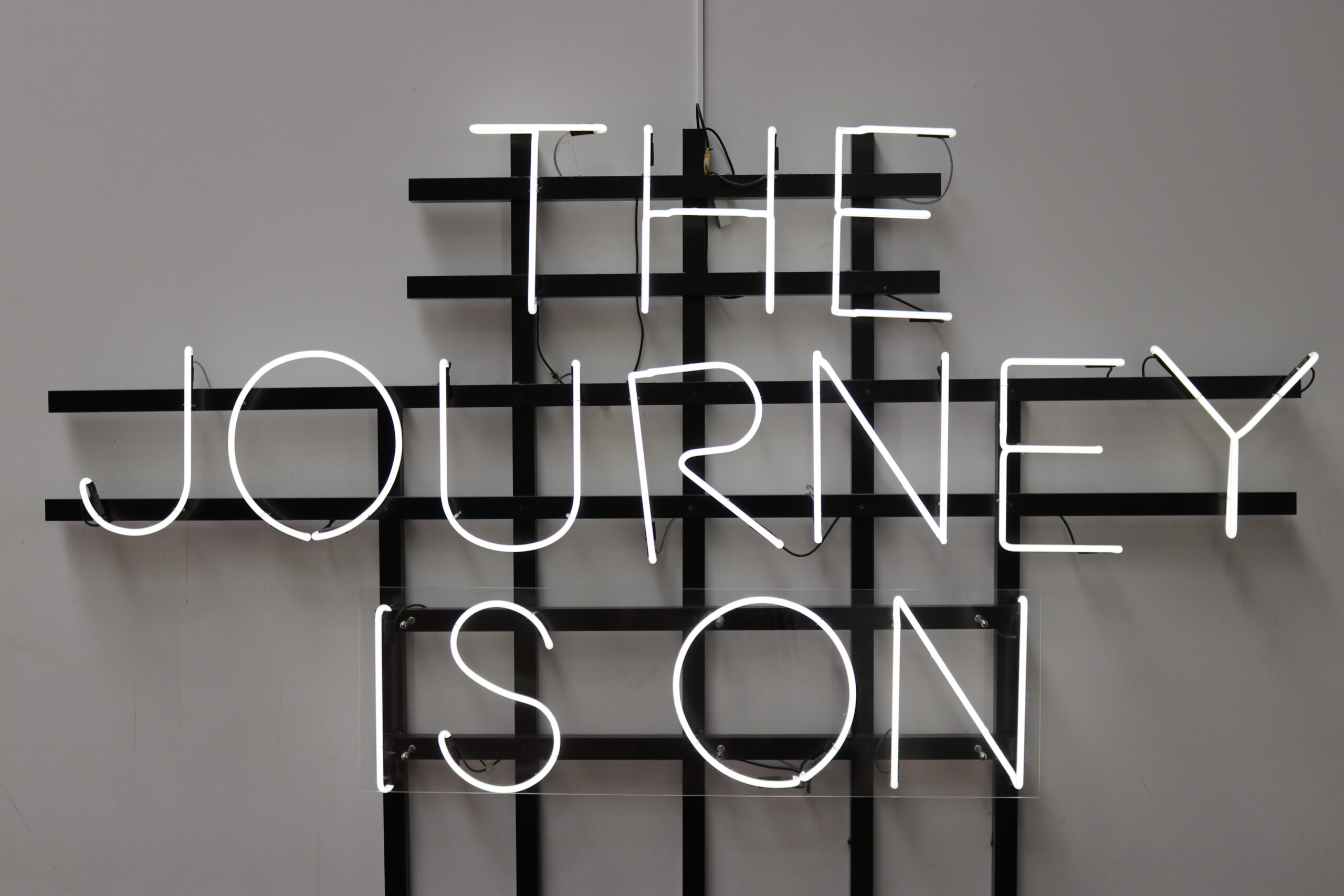Editor’s note: CDP began an organization-wide review of its grantmaking practices and processes in 2022, incorporating learning and feedback from grantee partners, ensuring industry best practices for funders were considered and our values embedded deeper into our grantmaking practices and partnerships. As part of that change process, CDP committed to transparency and sharing our experience and reflections in a series of articles, blogs and case studies to promote and advance learning exchange with our peers in the philanthropic community. This post is part of that series.
At the Center for Disaster Philanthropy, we take our grantmaking work seriously as we support marginalized and historically underserved communities affected by disasters. We have long hoped that our grantmaking processes would be flexible and supportive of our grantee partners. Through our work with the Center for Effective Philanthropy (CEP), we learned that while we were indeed considered a supportive grantmaker with low levels of friction, there were areas where we could improve.
As you have read in the three other blog posts in this change management series, the CDP eight-person grantmaking team, in concert and consultation with other CDP staff, worked to improve our grantmaking by applying our values, the principles of trust-based philanthropy and the findings from our CEP Grantee Perception Report.
Streamlining processes
As Taylor mentioned in her blog post, our proposal and reporting forms had structural errors – questions were redundant, our paperwork was a little messy and it took our grantee partners longer than necessary to fill out grant paperwork.
Through our change management process, we have improved our procedures tremendously. We are now able to be more flexible with our event-specific dollars. While funding from CDP must be tied to a particular event, we can offer significant flexibility in using the funds. For instance, we can provide capacity-building dollars to an organization, knowing that responding to a disaster requires a recipient organization to grow and change its service offerings; we can support that!
When it comes to reporting, we are now able to take final reports over Zoom. And we can take written and oral reports in English and Spanish. Furthermore, we pared down our final reporting process significantly and let our grantee partners know that we don’t want them spending more than two hours TOPS on our final report.
Another exciting win for us in streamlining our processes is that we now intentionally consider awarding multi-year grants (dependent on funding). This lets us deepen our connection to the geography and population affected by a particular disaster. And it enhances the trust between our CDP grantmakers and grantee partners.
Utilizing our technology better
We use BBGM, the Blackbaud Grantmaking system. While it is an imperfect tool, we have begun to get more out of the system than ever before. Two examples that demonstrate how we are utilizing our systems better.
First, CDP staff used to manually enter the names of grantee partner staff into the OFAC system; BBGM now checks key staff members for OFAC (Office of Foreign Assets Control) purposes through the system and stores the results in the database for future use.
Secondly, we used to ask our grantee partners for several attachments, including their IRS determination letter (the piece of paper that shows us that a partner has their nonprofit 501c3 designation). BBGM can now do this for us, saving our grantee partners an additional step.
Providing technical assistance
The GPR showed us that, through some of our funds, we provide our grantee partners with terrific technical assistance, but not all funds. The report cued us to increase the technical assistance we provide to our grantee partners across all our funds. To address this finding, we now schedule regular check-ins with grantee partners to offer support, answer questions and find out where we can assist them. These check-in calls are not reporting calls but rather colleagues reaching out to colleagues to make sure that all is well.
Technical assistance also comes in the form of helping connect our grantee partners to other potential funders. Sally Ray , our director of domestic funds, recently connected me with one of our grantee partners who was hoping to secure additional project funding in my home state of Tennessee. While I admit I didn’t have a silver bullet to offer this grantee partner, I laid out a series of suggestions and offered to connect further.
Finally, we are being more diligent at connecting our grantee partners with each other. We do this annually when we hold a reception at the National VOAD annual conference, where we bring our grantees together in a fun but intentional manner. Cari, our CDP Midwest Early Recovery Fund director, brought together a group of like-minded, similarly funded grantees monthly for almost two years.
Alex, our director of international funds, brings together a group of global funders around the topic of localization monthly. The purpose of these convenings is to share wins and solutions and to problem-solve around challenges.
Clear communication with grantee partners
We received clear feedback from our Grantee Perception Report that we needed to improve our communication with grantee partners – specifically around staff transitions. The grants team has developed a new policy and procedure to ensure that all our grantee partners are apprised of transitions and aware of who their primary point of contact should be. For example, when Laura, our domestic grantmaking associate, joined our team, we reached out to all active domestic grantee partners to introduce her so that we communicated clearly about staffing changes.
Thankfully, with COVID-19 travel restrictions lifted, we have engaged in more shoe-leather philanthropy, a term I coined after working at the Bill & Melinda Gates Foundation and learning about shoe-leather epidemiology (essentially field work or applied work). As we dreamed about when we assessed our GPR findings, we have been able to engage with grantee partners more consistently through site visits and authentic interactions that facilitate a deeper understanding of each other’s work, interests and priorities.
I am so grateful to our team of grantmakers here at CDP who have thoughtfully engaged in this change management process. I am also profoundly thankful to our grantee partners who have pushed us to be better for historically marginalized and underserved communities affected by disasters.
Our takeaways
As the philanthropic sector seeks to continuously improve its work, its relationships with grantee partners and its community impact, I’ll offer these takeaways based on the lessons CDP learned through our change management process:
- Streamline, streamline, streamline. Look at every form, every question on that form and every attachment you require, and determine if it is really necessary. Ask yourself, what will my organization do with the answer to this question? If you don’t know, then don’t ask or don’t require it.
- Assess your technology. Can your grant portal work smarter to alleviate burdens for your grantee partners? Utilize your technology as much as possible to reduce paperwork and busy work.
- Provide technical assistance. In the wake of a disaster event, disaster-serving organizations are overwhelmed and inundated. Ask yourself, can you, in your grantmaking role, help author the proposal? Can you connect your grantee partners with other potential donors? Can you waive reporting requirements? If you answer yes to any of the questions above, then go for it!
- Communicate clearly and regularly. As you are able, visit with your grantee partners. Ensure that they understand the changes that may be happening in your organization and connect with them about the changes they are facing. We all learned when we were young that communication is key – that adage remains true as a grantmaker!
More like this

Becoming better grantmakers: Why we embarked on a journey to improve our grantmaking


